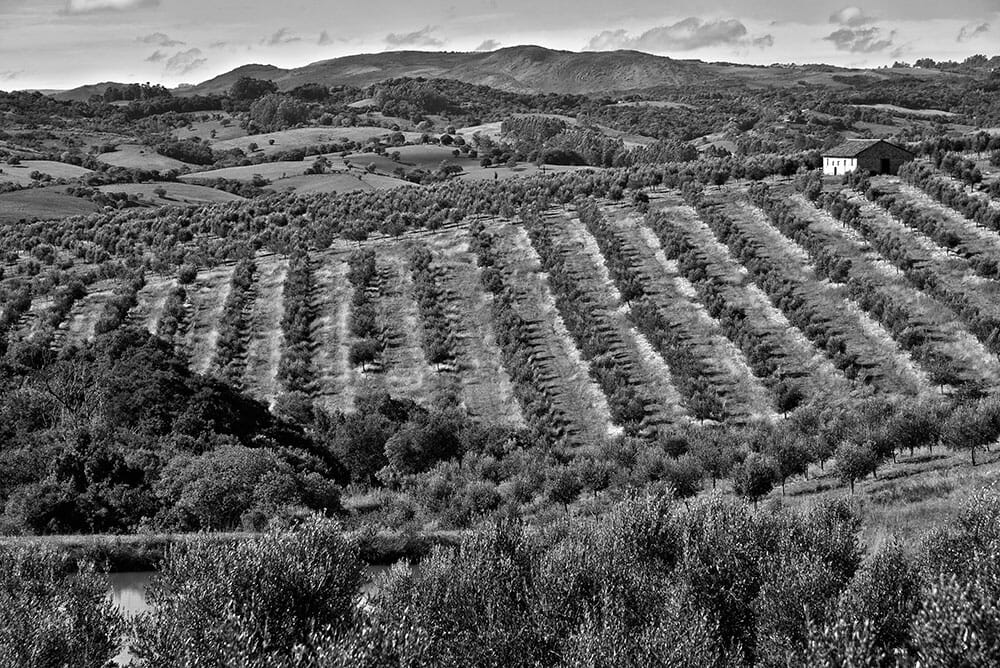Photo by Nicholas Coleman
Coleman Collection #19
PRODUCER
Prosperato
CULTIVAR
Koroneiki
Harvest Date
March 2020
REGION
Rio Grande do Sul, Brazil
Though Brazil remains uncharted territory for most olive oil enthusiasts, almost a decade ago family-owned Prosperato brand’s trailblazing Rafael Marchetti put on the map the country’s Rio Grande do Sul region.
Rafael saw an opportunity to expand his family’s plant nursery business in 2011 when Brazilians rapidly began planting olive trees. Within two years the family had purchased from a doctor a young olive grove, planted trees and built a modern Pieralisi two-phase mill.
The ordinary olive oil Rafa thought the operation was producing soon received international accolades, proving that world class olives do grow in Brazil.
Prosperato now has on 280 hectares in Rio Grande do Sul 80,000 olive trees. Their primary cultivars are Arbequina, Arbosana, and Koroneiki, with small plantations of Picual, Frantoio and Galega.
We’ve selected for its leafy herbaceous aroma, clean mouth feel and vibrant, peppery kick this early harvest monocultivar Koroneiki. The Koroneiki traditionally comes from Greece where it is the most popular olive for oil production. The oil perfectly complements grilled seafood, vegetables, legumes, potatoes and charred meats.
Rio Grande do Sul is the heart of Brazil’s wine industry. Portugese colonists first cultivated Brazilian grapevines in the sixteenth century. In the late 1800s an influx of Italian immigrants greatly increased grape production and harvesting. Today more than 1,100 wineries operate throughout the country’s six wine regions, most of which are located in the south close to the borders with Uruguay and Paraguay where temperatures are generally the coolest.
The main white varieties are Chardonnay, Riesling, Sémillon, and Gewürztraminer and the main black grape varieties are Pinot Noir, Cabernet Sauvignon, Merlot, Tannat, Ancellota, Egiodola, Tourigan Nacional, Tinta Roriz, and Marselan – a cross between Cabernet Sauvignon and Grenache. Cabernet Franc is also planted and is rapidly increasing in vineyard acreage.
The wines from Serra Gaúcha, a smaller area within Rio Grande, have emerged as some of the country’s best. Its success has attracted interest from foreign winemakers, resulting in a surge of investment and more plantings. For benchmark expressions of Brazilian wine, seek out those from Miolo, Cave Geisse, and Vino Pizzato.



